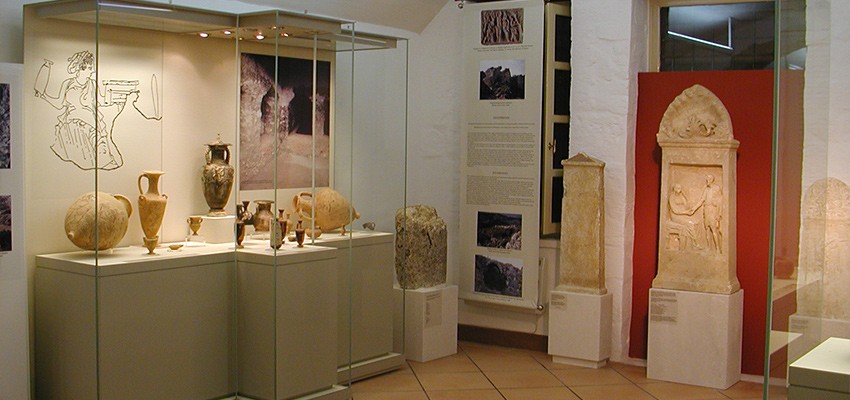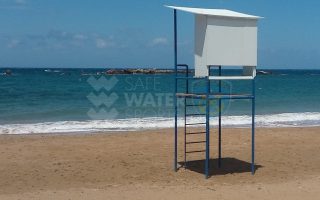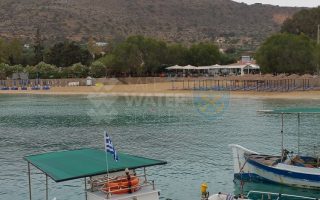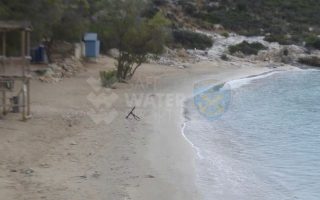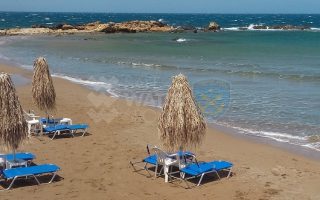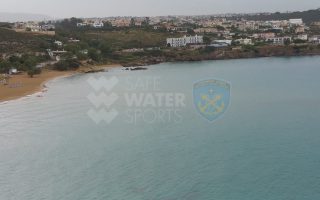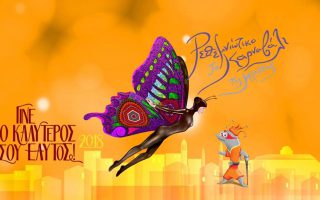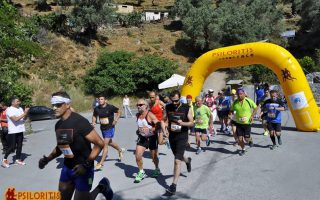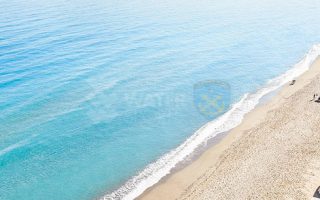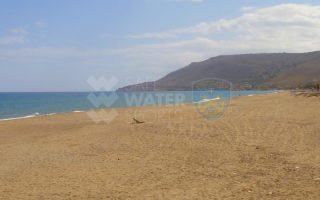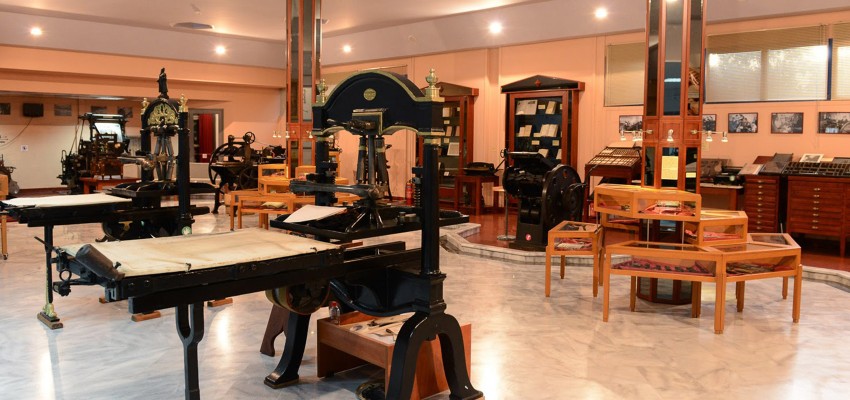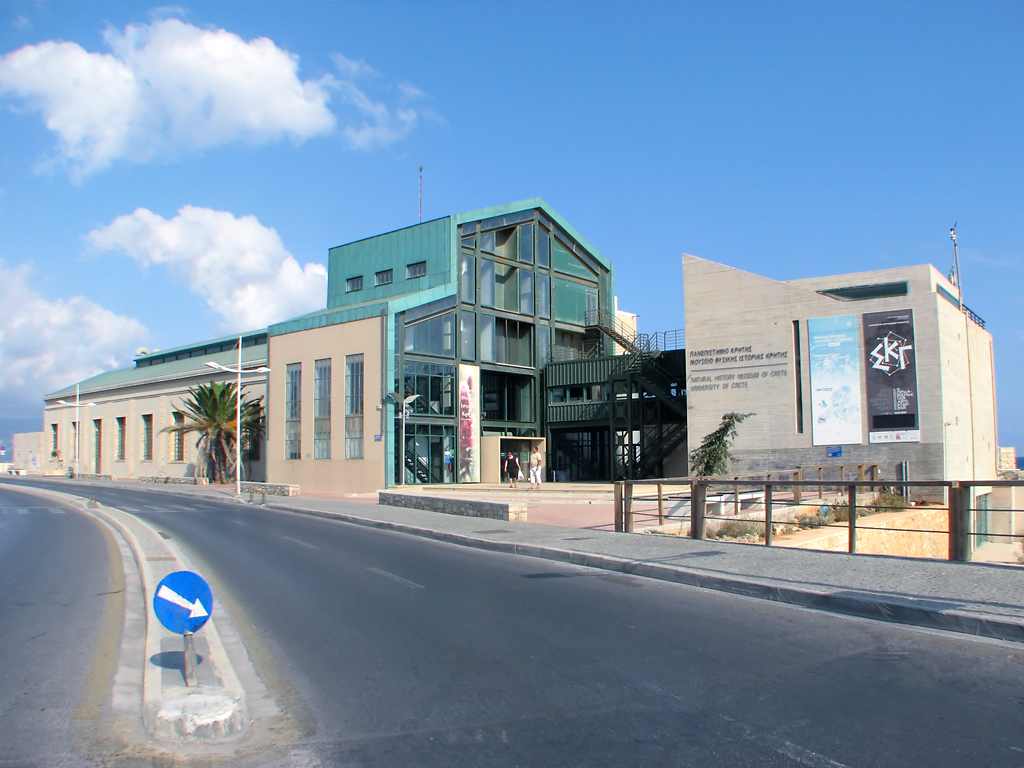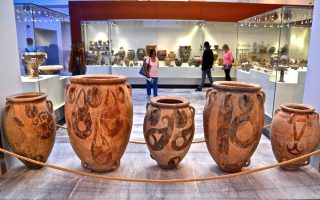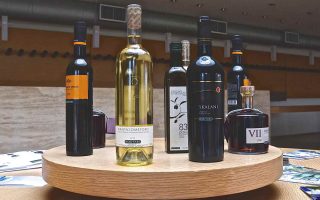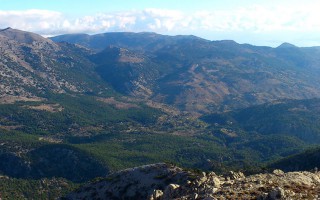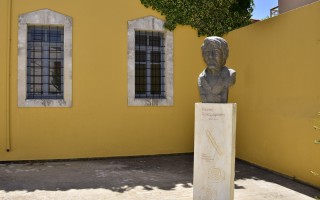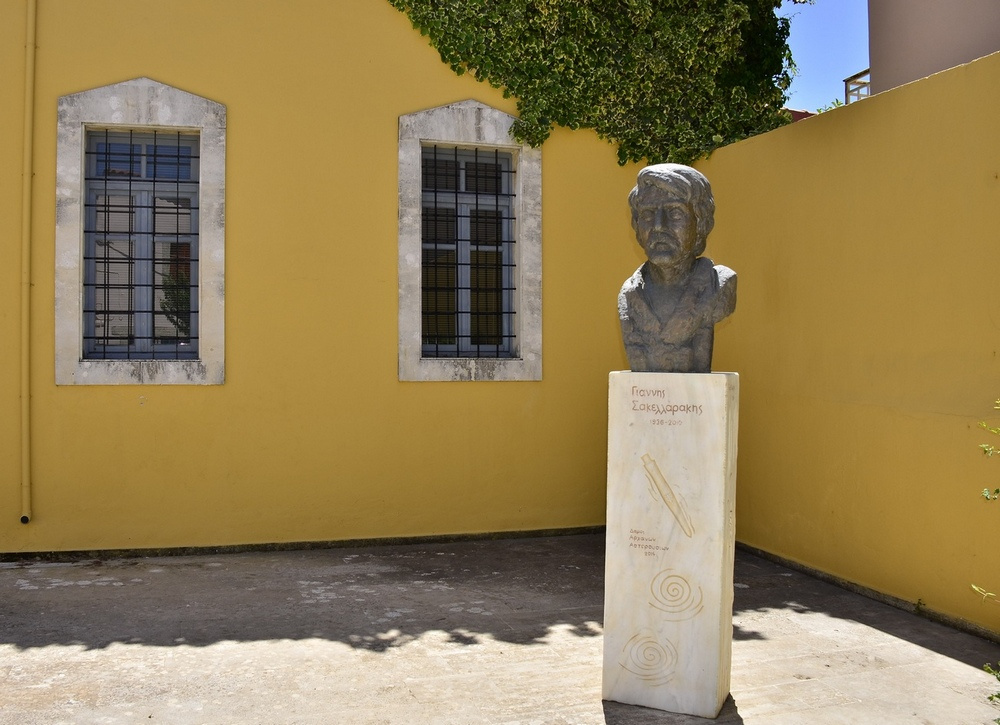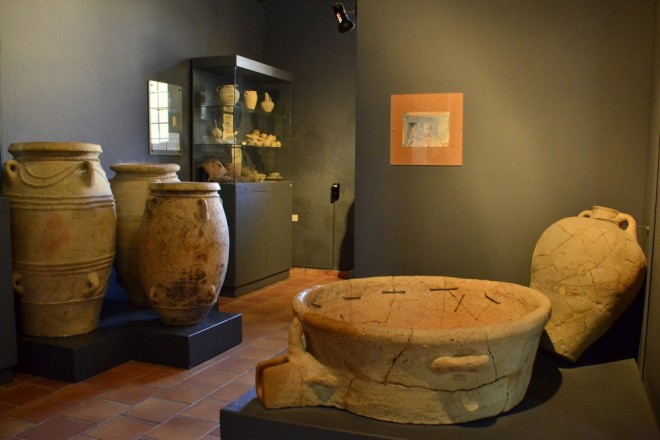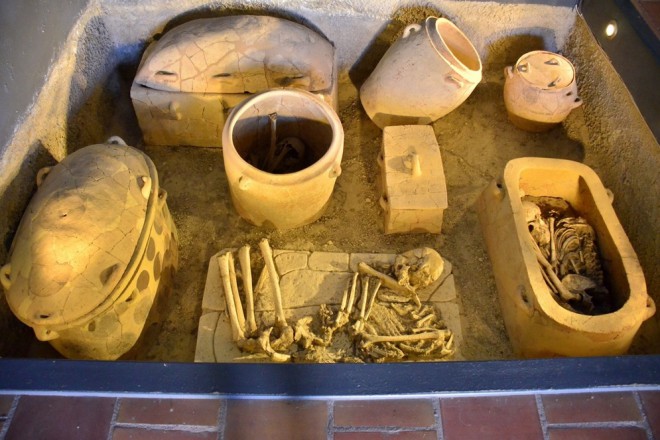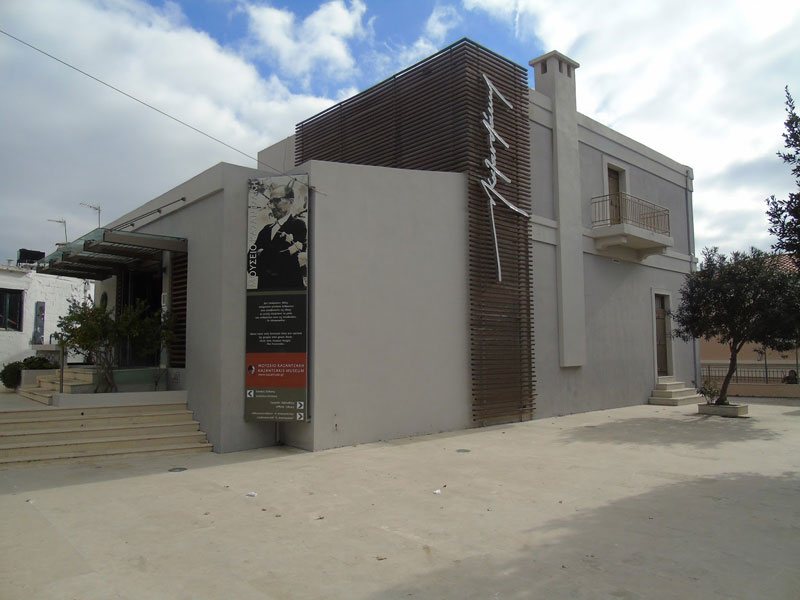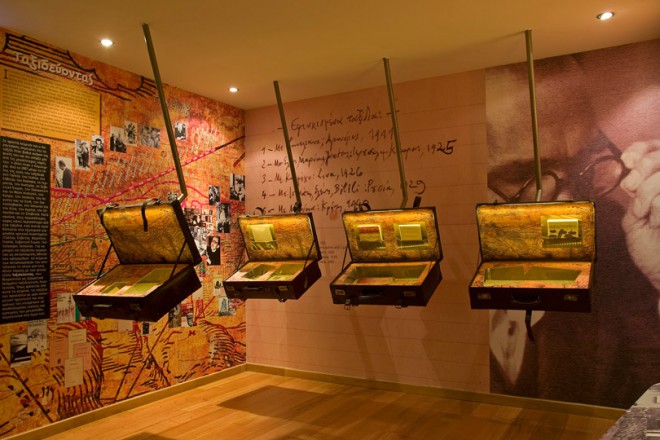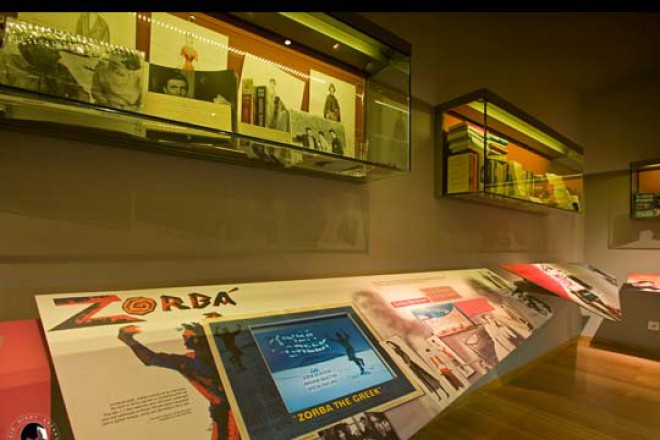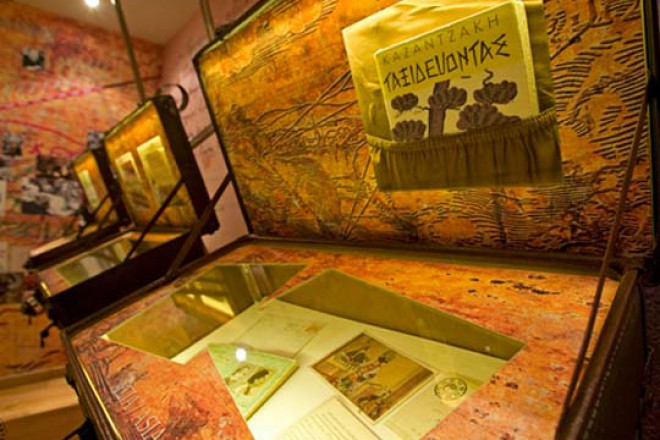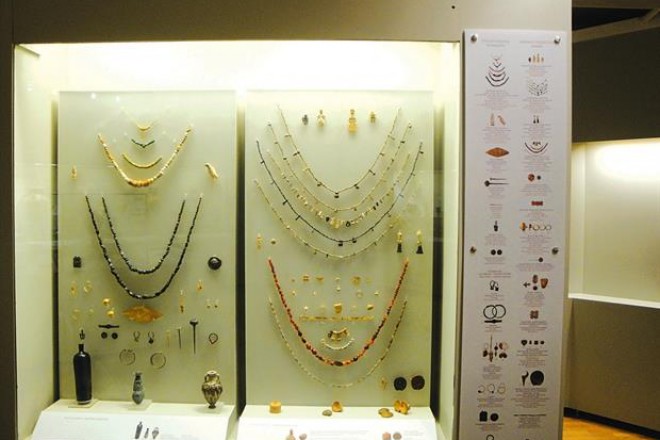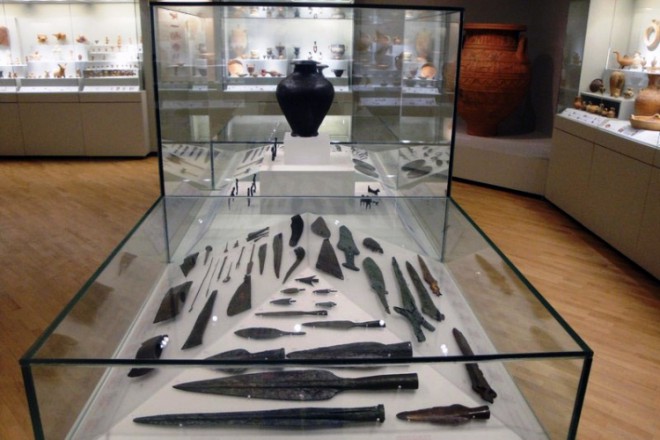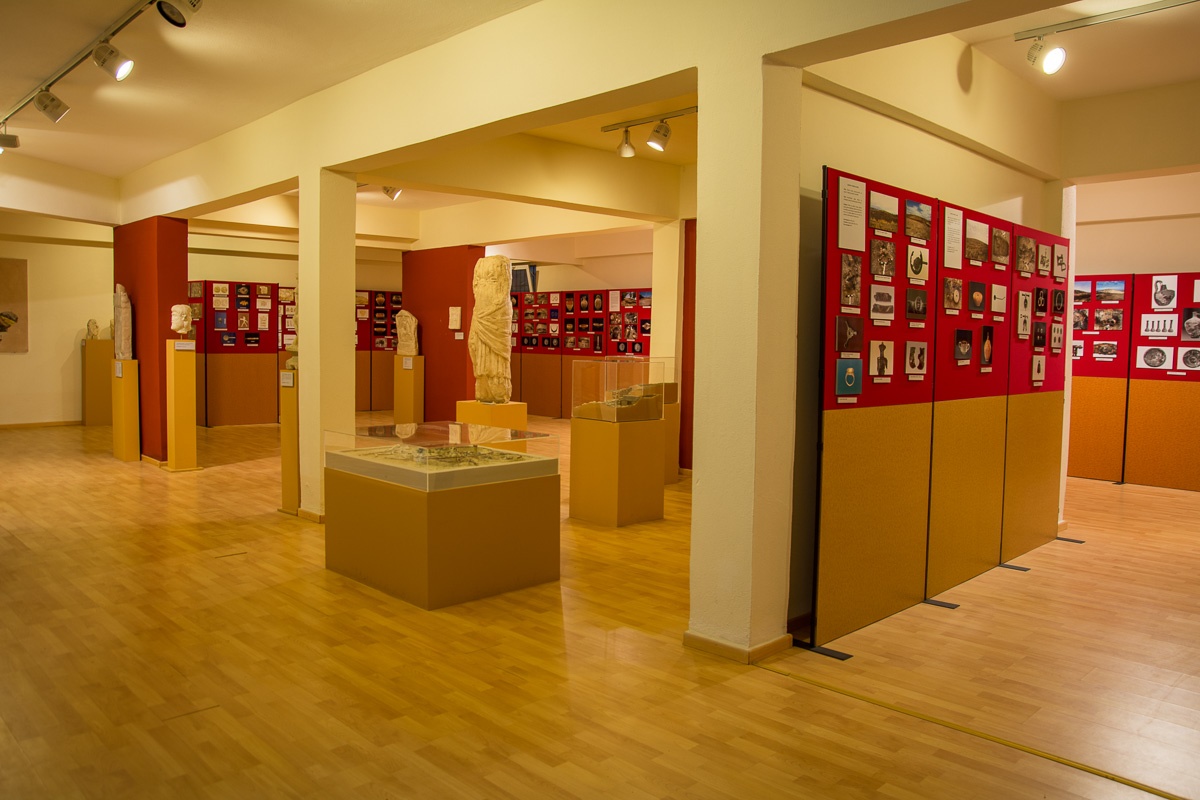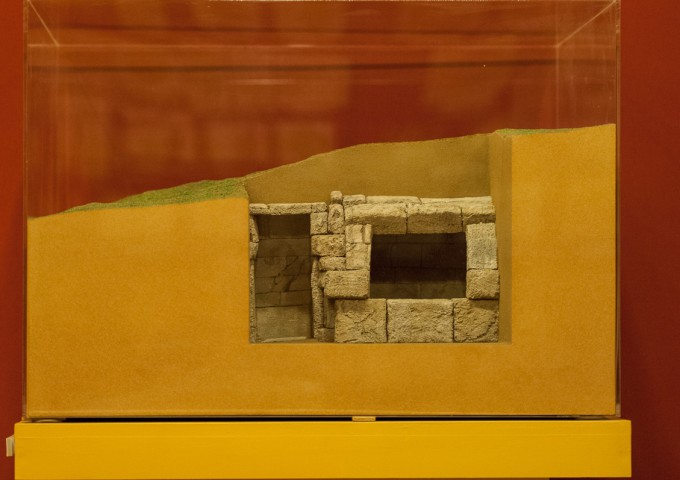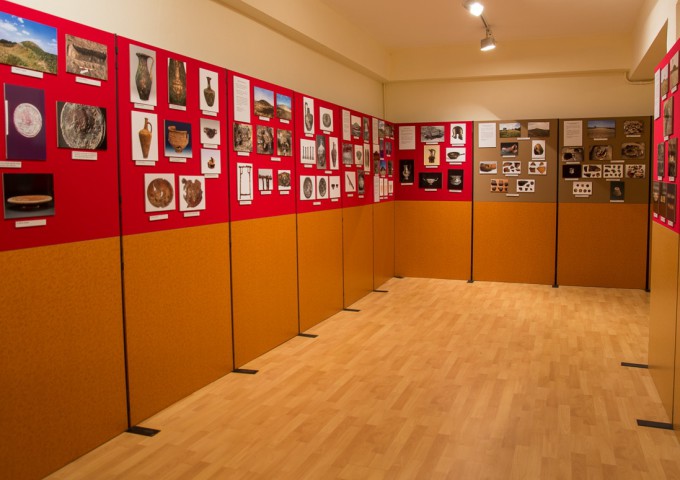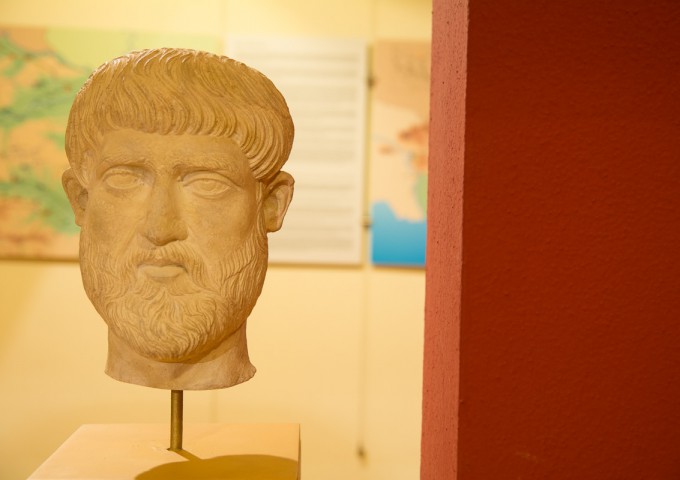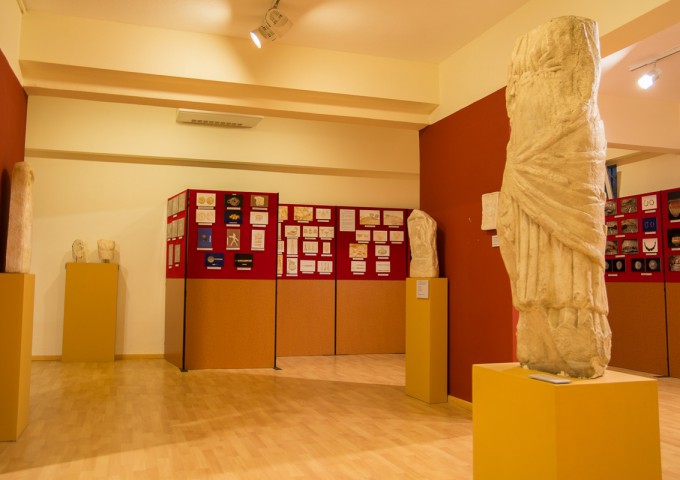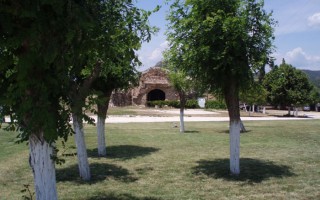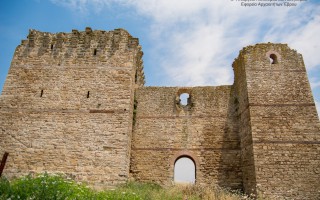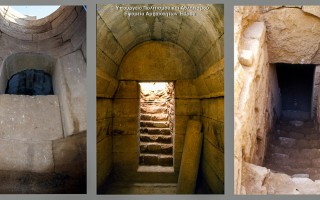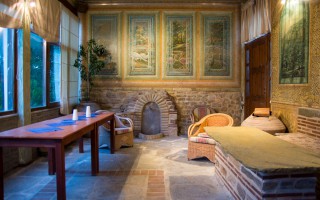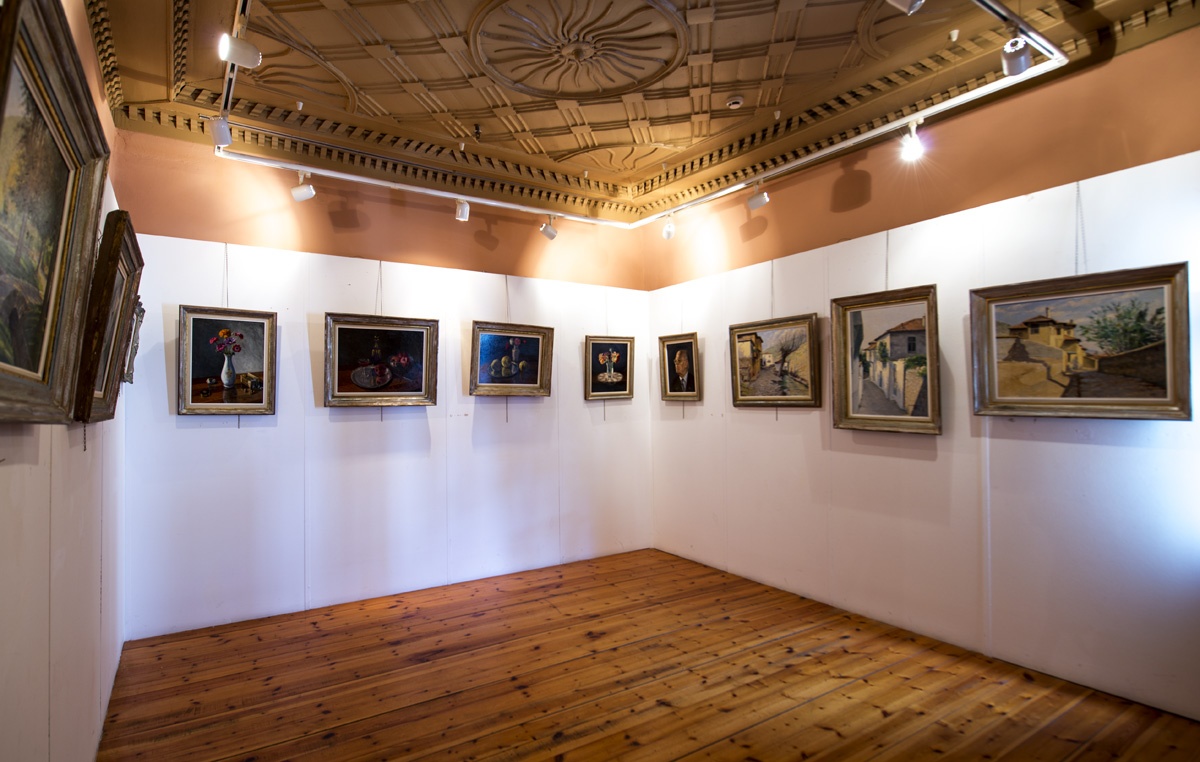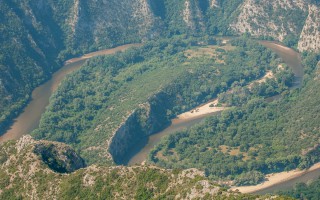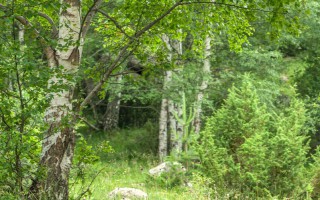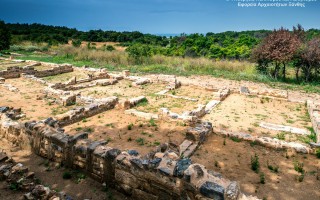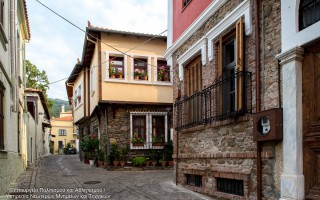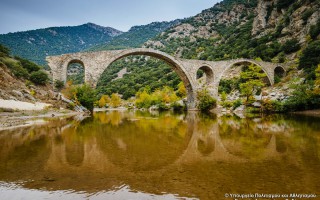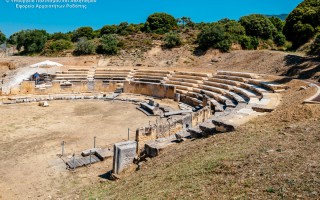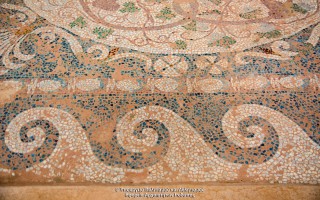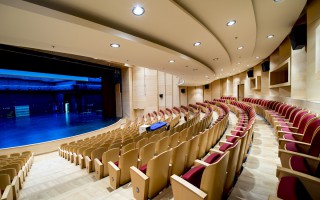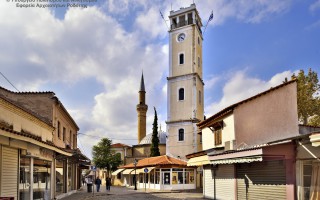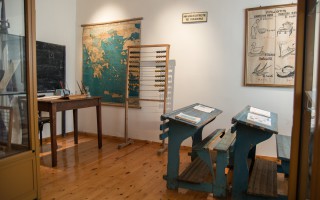The Archaeological Museum of Kisamos belongs to the 25th Ephorate of Prehistoric and Classical Antiquities and is located in the homonymous coastal town of Western Crete, which was built over ancient Kissamos.It is housed in the building of the old Venetian-Turkish Headquarters, which was located within the perimeter of the Venetian castle and was strengthened during the Ottoman rule.
The exhibits of the Museum offer an overview of the area’s history from prehistoric times to paleochristian times. The exhibition is divided in units developed in the ground floor and the first floor of the building. So, the visitor gets acquainted with the antiquities of the area in chronological order. Furthermore, the findings are displayed by excavation set and in thematic units.
The entire exhibition of the Museum includes a lot of information and visual material. To better inform visitors and to attract their interest, the museum offers an electronic presentation with research and documentation on the most destructive earthquake of the antiquity, in 365 A.D., which struck Crete and demolished Kissamos.
Authors: V. Niniou – Kindeli, A. Tsingou, Archeologists
Telephone: +3028220 83308
Source: www.incrediblecrete.gr
Chromonastiri is a traditional village built at the foot of Mount Vrysinas, 11 km SE of the town of Rethymno. The building that houses the Military Museum in Chromonastiri is of particular historical and architectural interest being a Venetian mansion – the so-called Villa Clodio – built in 1610 as the summer residence of a Venetian noble family. Villa Clodio maintains architectural characteristics of both the Venetian and the later Ottoman period such as a Venetian coat of arms of “Clodio” family, a “Gate of Nobles’, a medieval gutter system, a Turkish bath etc.
The collection of exhibits of the Military Museum includes historical artifacts from the Venetian period and Modern Hellenic Military history, and more specifically:
- an aisle with Venetian clothing and weapons of the era
- chambers that host weaponry of the Hellenic revolution in 1821 and until the World War II
- a hall dedicated to the historical Battle of Crete
- a hall with historical uniforms of the Greek Army
- a hall for periodical exhibitions with a collection of photographs from several periods in history
- exhibits in the outdoor area of the museum, including warplanes, tanks and different types of artillery guns
Accessible for people with special needs: YES
Telephone: +3028310 75135
Source: www.incrediblecrete.gr
The unique in Greece Museum of Typography is found in Chania, not far from the city, in the Park of Local Industries in Souda and constitutes the vision of life of its founder, Yannis Garedakis, founder and editor of the newspaper “Haniotika nea”.
The Museum of Typography officially opened its gates in May 2005.
Museum collection includes hard to find, cast iron printing presses and other instruments as well as tools and objects that present the development of typography from birth, in the days of Gutenberg, up to our days. Rare books and newspapers as well as our precious lithographies travel the visitor in the art of Typography.
The effort for the enrichment of the museum with new exhibits and the contact with people of Typography are continuous. In April 2012 the museum was extended in a new wing adding in its collection exhibits that are related with the development of graphic arts, as well as two important exhibitions regarding the evolution of typography and the history of writing.
Accessible for people with special needs: YES
Location: Industrial Park of Chania, Build.13-03, Souda
Telephone: +30 28210 80091
Website: www.typography-museum.gr
Email: info@typography-museum.gr
Source: www.incrediblecrete.gr
The Natural History Museum of Crete is housed in the renovated former premises of the Heraklion Public Power Corporation, on Dermatas’ Bay. With an area of 3,500 m2, it is the largest exhibition of its kind in the Mediterranean, showcasing the natural environment of Crete and the wider Mediterranean area in an innovative, original way. Visitors have the opportunity to explore Cretan ecosystems alongside their equivalents in mainland Greece and elsewhere in the Mediterranean via dioramas, i.e. full-scale models of natural landscapes. Other areas are dedicated to exhibits such as the Giant Deinotherium, the largest prehistoric animal ever to live on Crete, the Living Museum, a display of typical animals of Crete and the Mediterranean, the Enceladus, an earthquake simulator where one can experience several earthquakes known to have occurred in different areas in the past, as well as the Erevnotopos Discovery Centre, an area specially designed for our younger visitors, where they can dig for fossils and explore Cretan nature hands-on.
In 2016 we also hold three temporary exhibitions; “Dinosaurs extreme“, with real-size reconstructions of dinosaurs with extreme characteristics, e.g. the largest, the smallest, the oldest, the fastest and of course the famous T-rex. The second exhibition, “Light Mysteries“, is an exhibition which includes aspects of holography and optics, through experiments and illusions. There is also the display “Crete, a continent in an island“, featuring numerous exhibits and micro-dioramas on the biodiversity and geodiversity of Crete.
Qualified personnel can inform you about the exhibits or you can aso have a guided tour.
Location: Sofokli Venizelou Ave., Heraklion, Crete (west of the port)
Fax: +30 2810 393636
Website: www.nhmc.uoc.gr
Email: info@nhmc.uoc.gr
Facebook: Natural History Museum of Crete
Telephone: +30 2810 282740, 2810 393630
Source: www.incrediblecrete.gr
In the Museum of Archanes are exhibited mainly stone and clay objects as well as exact copies of some of the most important archaeological finds of the area Archanes-Yuhtas, which is undoubtedly one of the most important archaeological sites of Crete.
Most of the finds are in the archaeological museum of Heraklion but the successful way in which the finds and the copies are displayed, gives the visitor a good image of life in Minoan Crete.
Telephone: +30 2810 752712
Source: www.incrediblecrete.gr
Nikos Kazantzakis, one of the most well known Modern Greek writer word wide, whose works have been translated in more than thirty languages, was born in Heraklion in 1883 and died in Fry berg in Germany in 1957. A little further down from his tomb, on top of the Martinego Bastion, in the recently restored and renovated main Gate of Chandax, Jesus’ Gate of the same name Bastion, an exhibition area has been created, dedicated to our writer, an Odyssey – a Modern gateway/ gate, a journey to his life and works.
The exhibition presented here is a new concept and layout of the one that has been organized during the Olympic Games by the Organization ATHENS 2004 in the Basilica of St. Marcus. The material was then ceded to the Municipality of Heraklion in order to be permanently exhibited. The photographic – archival material of the exhibition originates from the Historical Museum of Crete and the Nikos Kazantzakis Museum in Myrtia.
Jesus’ Gate of Chandax, an entrance to a first approach and acquaintance with Nikos Kazantzakis and his multifaceted personality, the Martinego bastion, an ideal site for recollection and meditation, next to the tomb of the big thinker…Walk along and stroll around…
Telephone: +30 2810 741689
Fax: +30 2810 742232
Email: info@kazantzaki.gr
Website: www.kazantzaki.gr
Source: www.incrediblecrete.gr
The Malevizi Archaeological collection consists of artefacts from all the periods of Cretan history which are exhibited in 40 display cases (in a large hall in the municipality building). The majority of the artefacts were donated from the private collection of entrepreneur Nikolaos Metaxas, assembled between the years of 1959 and 1997 from all over Crete. The museum collection was further enriched with 30 more finds from recent excavations in the region of Malevizi. The collection as a whole paints a clear picture of ancient Cretan civilization with representative works of many forms of art covering a chronological span from 4000 BC to 300 AD.
The exhibition is organized in seven sections based on the category of the artefact. Each section is introduced with an informational panel (in both Greek and English) about its chronological, cultural and artistic background. Each of the displayed antiquities is accompanied by bilingual labels as well.
On entering the museum the visitor comes across the stone technology items which include stone tools, vases, bowls and jugs, dated from the Neolithic to the Minoan period.
The second and largest section is the pottery collection. It consists of vases, amphorae and everyday objects from various time periods. A potter’s wheel and a giant jar decorated with recurring themes of a sacred marriage and bulls dated to the 7th cent. BC, are amongst the highlights of the collection.
Next in the museum is the terracotta collection with objects dated from the Minoan to the Roman period. It includes terracotta and clay figurines of men, women, gods, models of objects and animals which were mainly used for ceremonial, religious and funerary purposes.
The sculpture collection follows. It includes artefacts from marble, figures and statues’ parts from the roman period while a marble perfume container dated to the 5th cent. B.C stands out.
Prominent part of the exhibition is the next collection, devoted to finds from the Malevizi area (the only artefacts not belonging to the Metaxa donation). Vessels, flasks and figurines from Gazi, Krousonas and Kavroxori, including an imposing, exceptionally painted, Minoan sarcophagus from the site in Tylisos.
The bronze collection consists of bronze objects from all periods of Cretan civilization. Such objects are daggers, knives, axes, arrows, medical and cosmetic tools, and figurines.
The last collection includes exquisitely crafted jewelry from the Minoan and later periods. It includes necklaces, earrings, rings, bracelets, pendants and various beads made of gold, silver, bronze, ivory and stone.
Source: www.incrediblecrete.gr
 At the basement of the municipal refreshment of Spileo, at the “Koryfi” (“Top”) area, in a beautiful natural environment, with the view of the plains of Arda and Adrianoupoli, there is the archaeological educational exhibition of Spileo.
At the basement of the municipal refreshment of Spileo, at the “Koryfi” (“Top”) area, in a beautiful natural environment, with the view of the plains of Arda and Adrianoupoli, there is the archaeological educational exhibition of Spileo.
In a space that was remodeled, after a museological study, with new design and proper lighting, the visitor can see a photographic exhibition of archaeological finds from the excavations of the mounds of Spileo and other areas of the northern part of the Evros.
The exhibition is accompanied by casts of sculptures, reliefs and inscribed tombstones, monuments models and visual material. The exhibition has also a lecture hall and it is suitable for school visits and training programs.
Source: Eastern Macedonia & Thrace
 The municipal art gallery located in the corner Orpheus and Pindar. In a beautiful old mansion of the family Kalevra, where located in the Old Town of Xanthi, houses the Municipal Gallery.
The municipal art gallery located in the corner Orpheus and Pindar. In a beautiful old mansion of the family Kalevra, where located in the Old Town of Xanthi, houses the Municipal Gallery.
Mixing Ipirus and Macedonian architecture. Of particular interest appears the wooden ceilings.The Gallery hosts 52 paintings and two sculptures that adorn the halls of the permanent collection. And the name of the gallery Christos Pavlidis, great painter from Xanthi who gave remarkable number of
his paintings to the Gallery.
Besides the permanent collection, have hosted and occasionally continues to host projects, painters, sculptors, hagiographers, photographers, and creating child projects, presentations of books, school contests and even musical events.
Source: Eastern Macedonia & Thrace
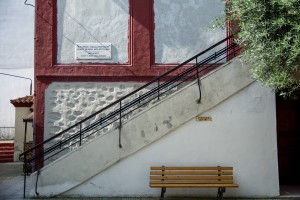 The Thracian Museum of Education of the Association of Educational Sciences was founded in 1992 to collect and exhibit school objects, documents and books of historical importance, mainly Thracian and of the wider area. Such museums are currently scarce in our country and it is worth noting what, perhaps, is the only rich collection with photographs and a series of wonderful saved school objects that counts approximately two centuries of life.
The Thracian Museum of Education of the Association of Educational Sciences was founded in 1992 to collect and exhibit school objects, documents and books of historical importance, mainly Thracian and of the wider area. Such museums are currently scarce in our country and it is worth noting what, perhaps, is the only rich collection with photographs and a series of wonderful saved school objects that counts approximately two centuries of life.
The Museum of Science in Educational
Society is a proper educational place, such as a school, and a visitor gets just by touring the area, lessons for the instruments used by teachers when teaching in the classroom and in contact with the school atmosphere of a past era, starting in the 19th century and early in the 20th century. Conferred is the building of the Municipality of Komotini the museum was built in 1882 by benefactor Chatzikonstanti Zoidi and his wife. Located in the yard of the Church of Agios Georgios of Komotini.
It was previously used as a kindergarten, hosted for many years due to the housing needs of the 5th Primary School of Komotini, later of the 5th Kindergarten of Komotini until November 6, 1995, and today continue its service to local society as a museum.
Source: Eastern Macedonia & Thrace

